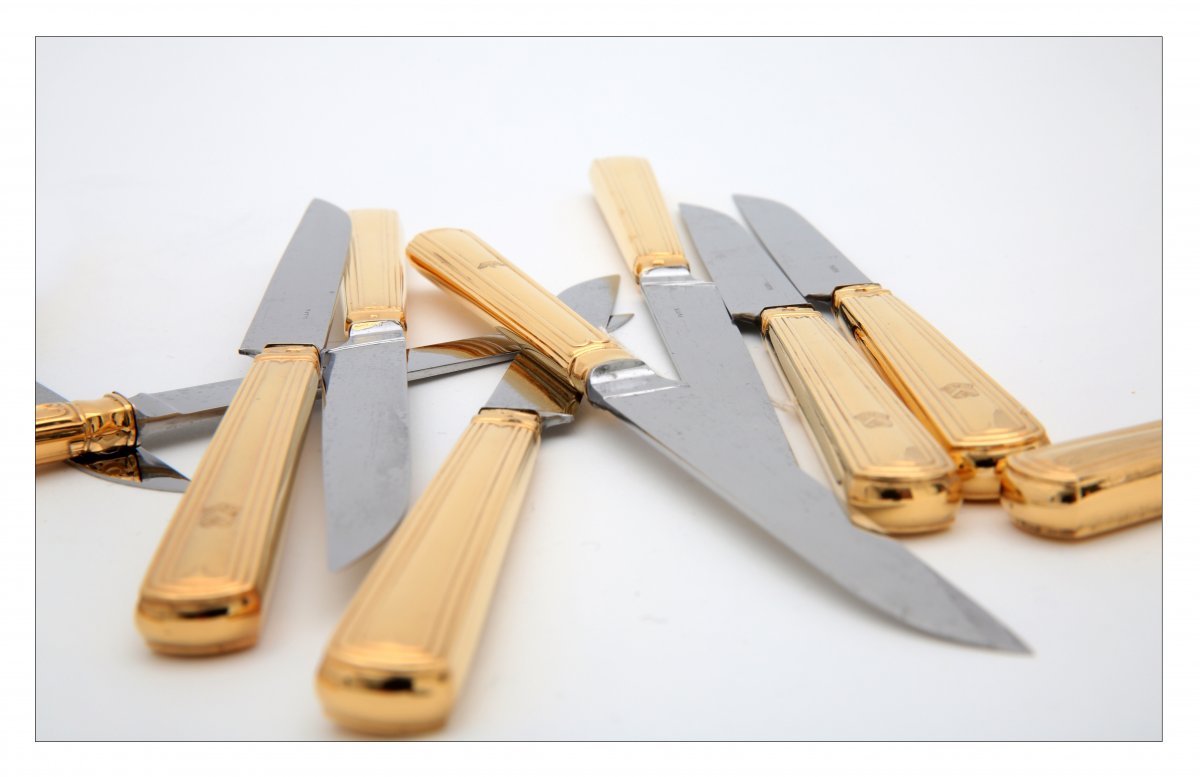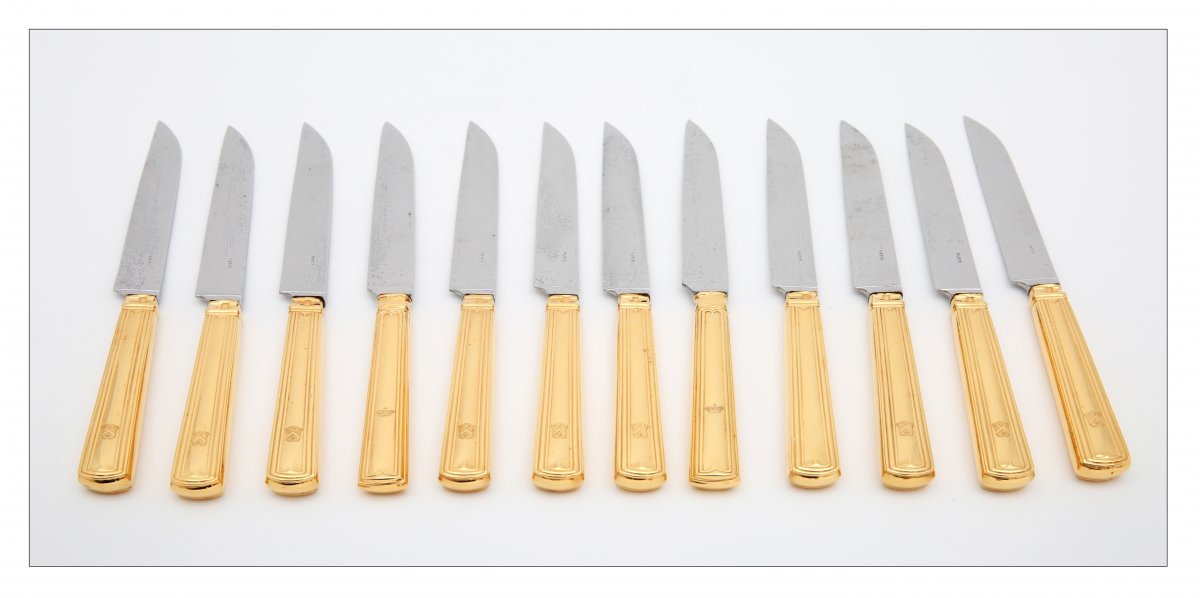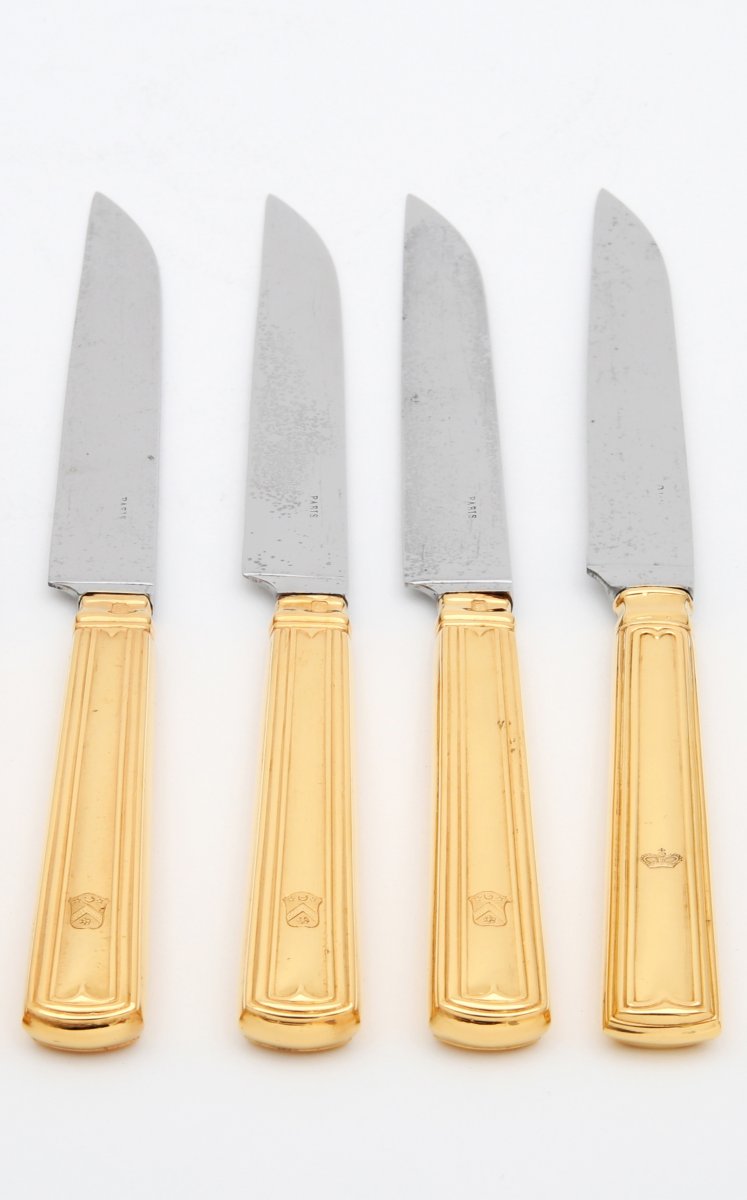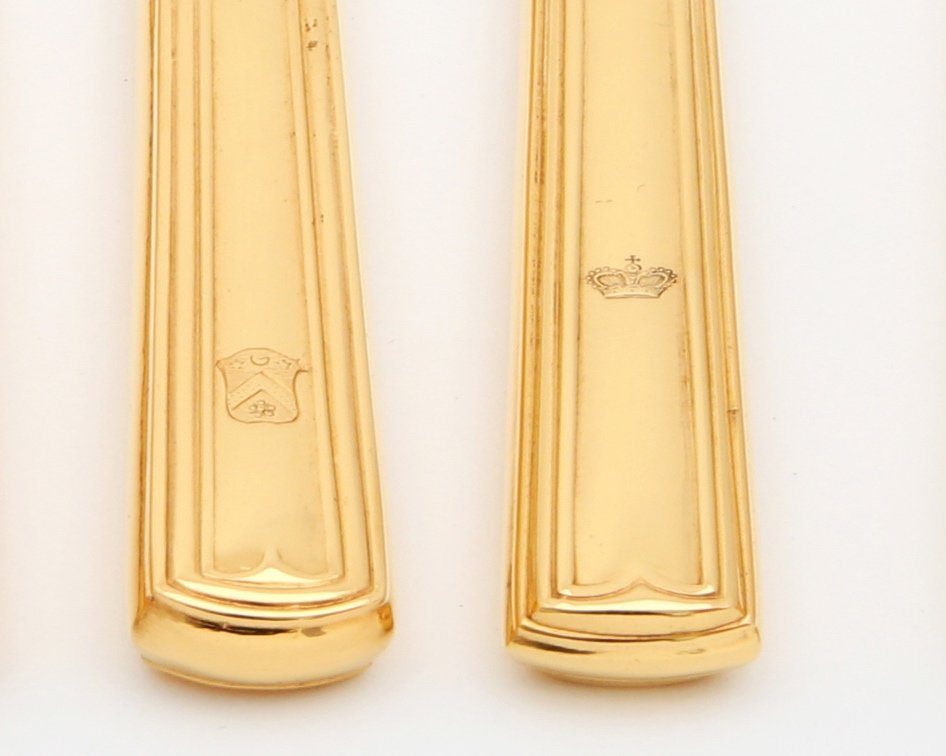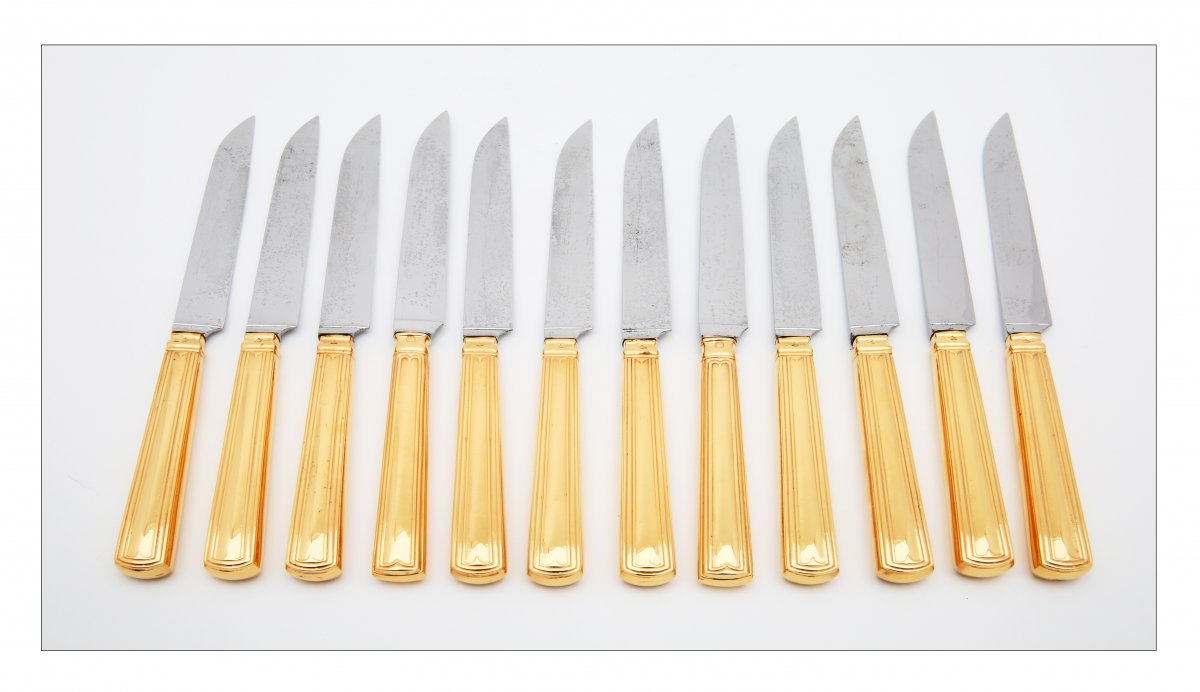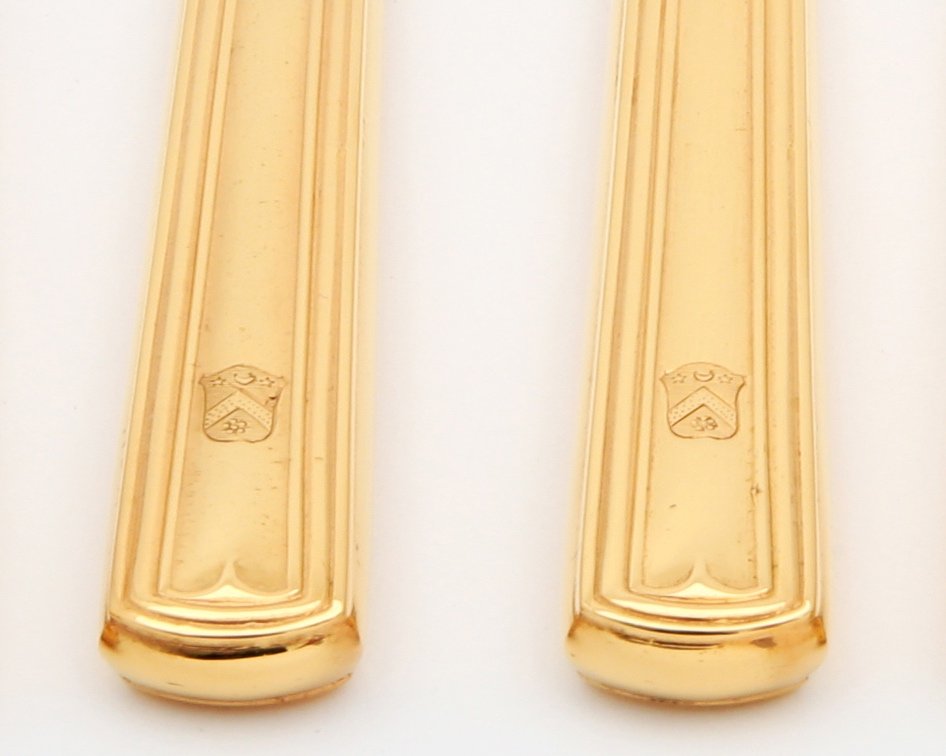"HÉnin, Twelve Cheese Knives, Paris 1872-1875, Arms Of Marquis De Villoutreys De Brignac"
Twelve cheese knives, the gilt silver handle decorated with nets, the blades are made of steel. Twomanufactured separately according to the same model. Nine knives have handles engraved with the shield of the Marquis of VILLOUTREYS de BRIGNAC, one not engraved. The two manufactured separately engraved with a crown.Hallmarks
Gross weight, 1.175 pounds (533 grams).
Identical model not hallmarked in the Louvre collections with the arms of King LOUIS-PHILIPPE under crown.
PARIS, MUSÉE DU LOUVRE, Paire de couteaux, vermeil, Paris, after 1838, inv. OA11905.
HENIN
The HÉNIN form a real dynasty, which, according to successions and associations, will be differentiated by their own hallmarks.
The spoon goldsmiths Thomas & Hénin started a partnership and located their shop at 77 rue des Archives. They registered their sponsor's mark “a rosebud, the letters TH and a star” at the guarantee office on 4 October 1861.
The hallmark was canceled on 16 August 1865.
The company, under the name of HÉNIN Frères, continued the business at the same address and registered its maker's mark, "a rosebud above and a star below the letters HFres", on 17 August, 1865. This mark is struck off on 12 August 1872.
HÉNIN & Fils registered their sponsor's mark, H & Fs, a rosebud above and a star below, on 13 August, 1872. The mark was cancelled on 10 May 1875.
In 1875 the company took the name of HÉNIN & Cie. The mark, a rosebud above and a star below the letters H & Cie, is registered on May 11, 1875 and operated until 1891.
The cooperation of VIVIER and HÉNIN was confirmed with the registration on 3 July 1891 of the maker's mark, a rosebud, the letters HV and a star. The mark was cancelled on 7 August 1896.
From 1896 HÉNIN operates again under the name of HÉNIN & Cie (a rosebud above and a star below the letters H & Cie).
Around 1974 the Maison HÉNIN was managed by Mr. THIVANS, husband of Madeleine HÉNIN, daughter and heiress of HÉNIN Father. Around 1976 his son succeeded him, when the house was faced with severe cash flow problems and fell into bankruptcy. The complete inventory, models, dies and drawings were sold publicly and scattered everywhere. Today several of their models are still manufactured by the prestigious Maison ODIOT.
MUSEUMS AND PUBLIC INSTITUTIONS
Provenance
According to the Memoirs of Mme Campan, it was officially ordered by Queen MARIE-ANTOINETTE in 1791 for her sister MARIE-CHRISTINE, Duchess of Saxe-Teschen, but was planned to be taken with the family's luggage royal, during the flight which ended in Varennes. It left the Mobilier Royal (where it had been deposited after the Queen's incarceration) on 27 Frimaire Year III (December 17, 1794) to be taken to the Monnaie to melt the silverware. We lose track of it until its reappearance in the 20th century in a Parisian collector. The Queen's first travel kit, which was actually sent to the Duchess of Saxe-Teschen, is kept in the Louvre. The box kept in Grasse is a somewhat simplified replica of the first, in content. By comparing the content of the two kits with the list of those brought to the Monnaie in 1794, it appears that the missing pieces (72) in the Grasse kit are, in part, small easily easily lost objects (needle, comb, paper cutter , knife, brush, etc.) or easily breakable. 75% of the missing objects (57) are in silver, perhaps melted.
BIBLIOGRAPHY
EXPOSITIONS




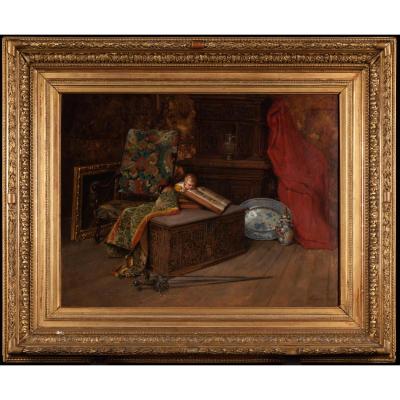
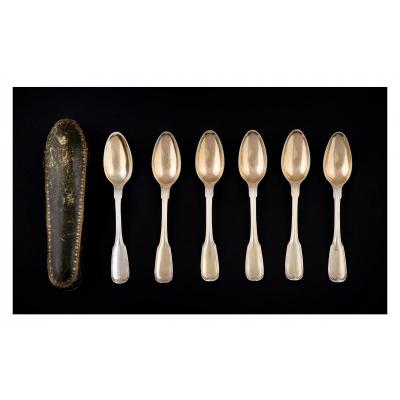
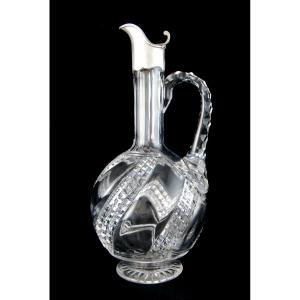
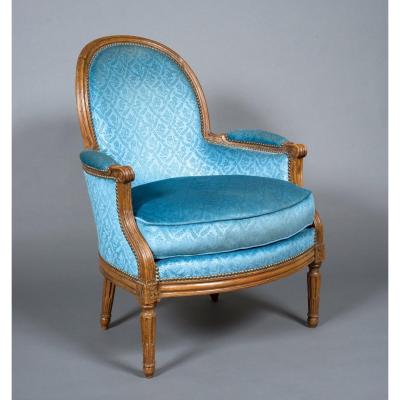

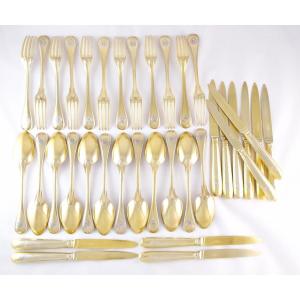
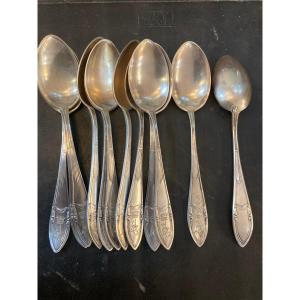
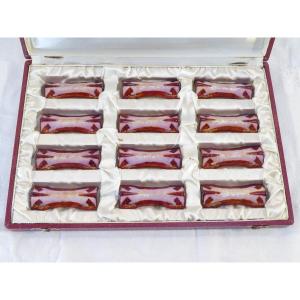


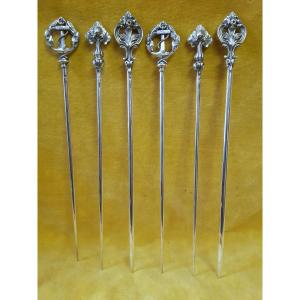
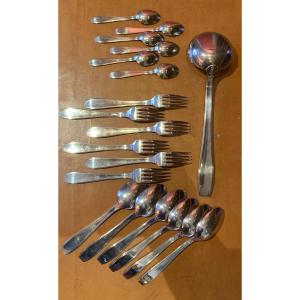




 Le Magazine
Le Magazine Rivista Artiquariato
Rivista Artiquariato TRÉSORS magazine
TRÉSORS magazine
